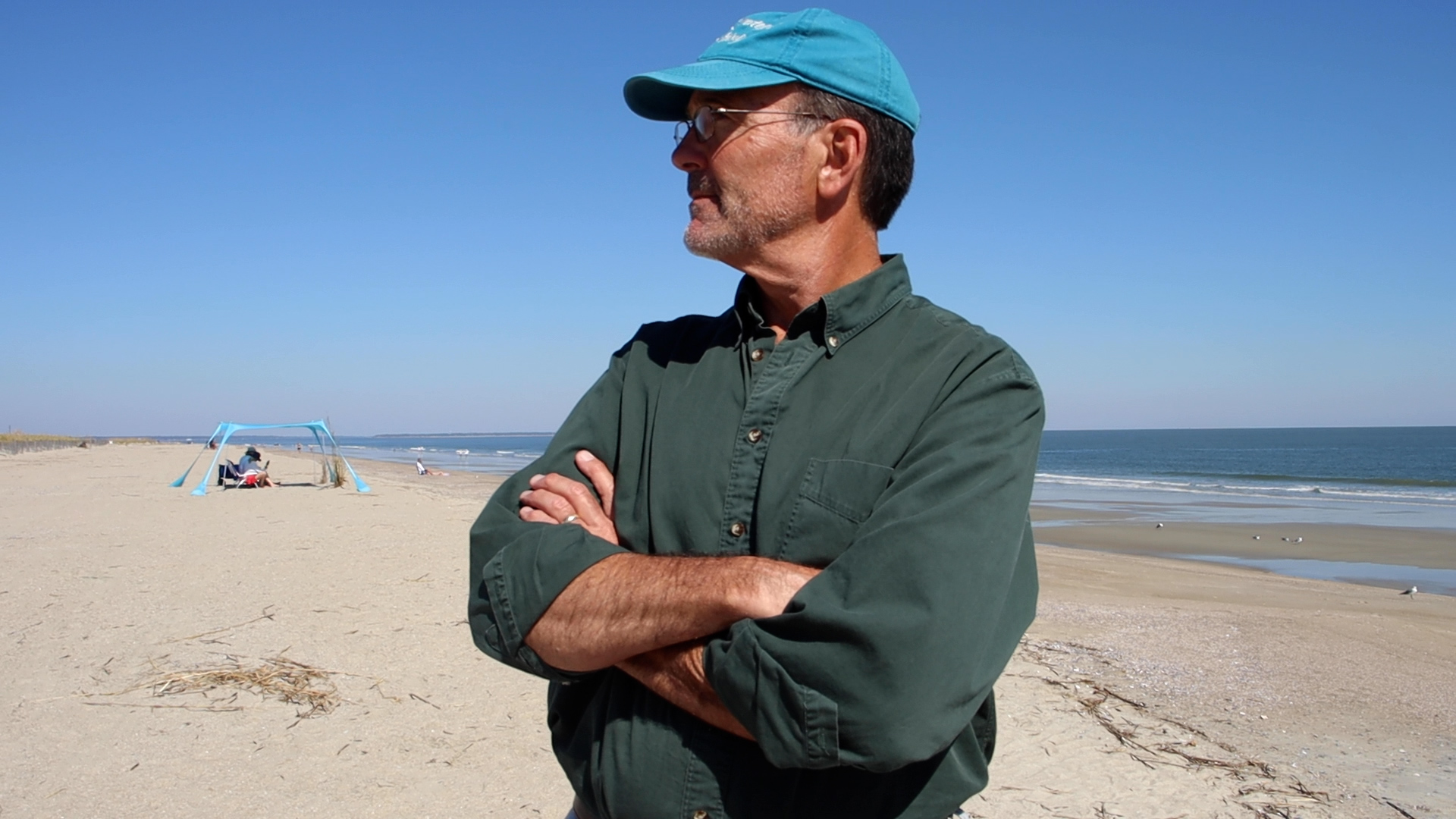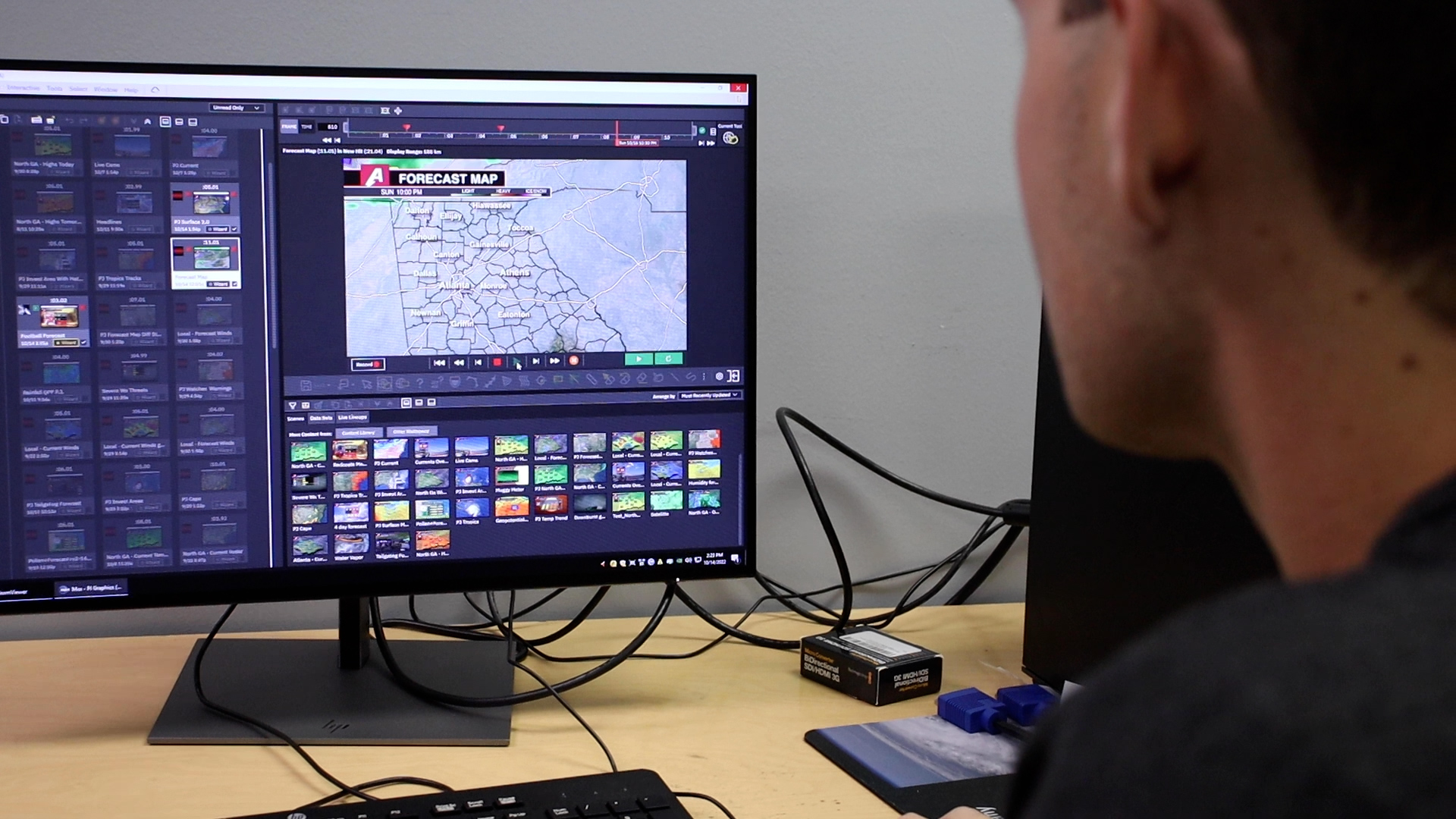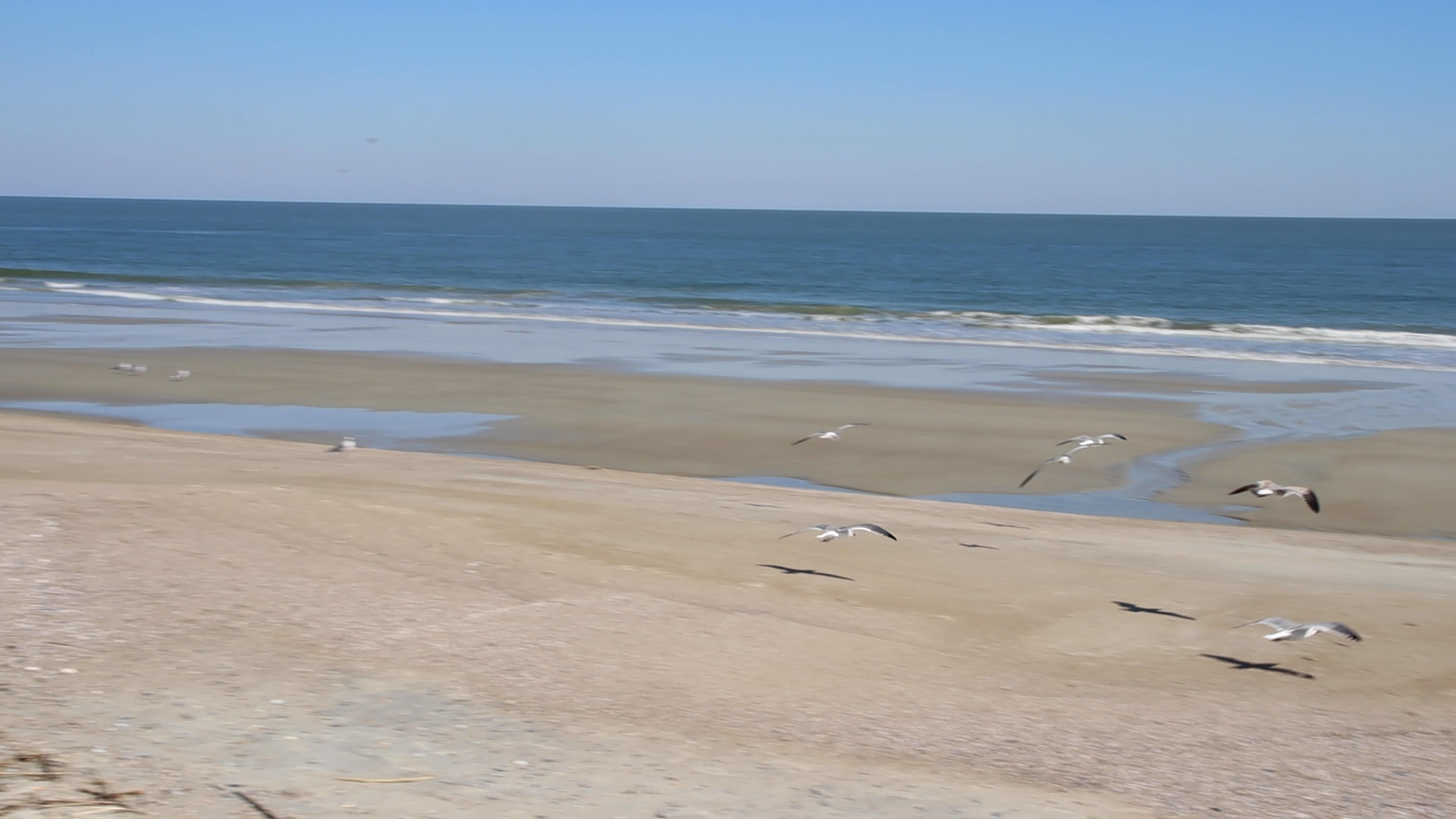Alan Robertson says his neighbors on Tybee Island are cautiously optimistic about their odds of withstanding a hurricane, but the vast majority won’t attribute the impacts of hurricanes to climate change.
“If I started to say you have to reduce the carbon emissions in the world to stop the temperature to stop the temperature rise to stop the glaciers from melting, they’d all just throw me out of the room,” he says.

Robertson is a retired consulting agent who was hired by the city of Tybee Island to manage their coastal resilience projects. He’s worried that global warming is increasing the intensity of hurricanes and other tropical weather systems, which can, in turn, lead to stronger storm surges and flooding in coastal areas. So he’s working hard to educate his neighbors about the links between warming oceans and hurricane intensity.
Why It’s Newsworthy: Late season hurricanes illustrate the impact of climate change and the risks for coastal communities like Tybee Island, Georgia.Warming Oceans Fuel Tropical Systems
Like Robertson, climate scientists at the University of Georgia are also concerned about the impact of climate change on coastal communities. Marshall Shepherd, head of the Atmospheric Sciences department at UGA, says the problem is that warm ocean water is fuel for hurricanes.
As the oceans heat up, Shepherd explains, they increase the amount of moisture in the air directly above the water. This combination of warm water and moisture-laden air creates a fertile environment for the development of hurricanes and tropical storms.
An ample amount of warm water can also lead to hurricanes that strengthen dramatically in a 24-hour period in a process called rapid intensification. In 2021, there were five rapidly intensifying storms: Elsa, Larry, Sam, Ida, and Grace.

Warming oceans may be a factor in the increased duration of hurricane season, with storms developing from late spring all the way into late autumn.
Rising sea levels can also play a role in the immense power of recent hurricanes.
“If you had a hurricane that occurred today vs. a hurricane that occurred in 1935, you’re starting from one foot higher at just at the base sea level which means the storm surge is going further inland,” explains Jill Gambill, a coastal resilience specialist in Georgia, “It’s going to be potentially more destructive. It’s going to reach areas that in the past didn’t flood.”
Rainfall Intensity and Slow Moving Storms
Gambill also highlights the increase of severe rain during recent hurricanes.
“It’s not necessarily that the rain overall is increasing although that is happening in some places,” said Gambill, “It’s when it does, it’s raining really hard, really fast.”
An average hurricane produces about six to twelve inches of rainfall, according to The National Oceanic and Atmospheric Association (NOAA). In the 2022 season up to this point alone, Hurricane Fiona has produced up to 30 inches and Hurricane Ian has produced 17 inches, according to the National Weather Service.
“We don’t have infrastructure like storm water systems and drainage systems to be able to absorb all that water at once,” Gambill said.
Shepherd emphasizes that it’s not just the ocean that’s warming but the atmosphere above the water. “Because of atmospheric warming, we’re seeing changes in the jet stream or weather patterns. And it’s causing hurricanes to calm or slow down once they get close to the coast,” Shepherd said, “We saw that with Hurricane Harvey in Houston, we saw that with Tropical Storm Florence. We saw it with Hurricane Dorian which basically just sat over the Bahamas for a day.”
Making Strides to Protect the Coast
While Robertson believes Tybee climate change deniers who don’t evacuate “because they think they know [what the hurricane will do]” are plentiful, that doesn’t stop the island from moving towards a safer spot.
https://youtu.be/2Q6hH6CQKSc
“Those of us who are informed about how the climate is changing and what the impact of warming Earth is doing and the increase in sea level rise… [we] point to the investment we’re making to protect coastal flooding,” Robertson said citing the proposal to improve stormwater system pipes and pumps in Tybee and the requirement that all homes have to be one foot over sea level.
As for those who believe that climate change is only a work of politicized fiction, the facts are going to be harder to deny. Shepherd believes a generation of stronger hurricanes is upon us.
Robertson agrees.
“People need to have it ‘in my backyard.’ They either want it fixed now or they don’t want you in their backyard because they don’t want you picking up access to the beach or a view of the ocean.”
As Hurricane Ian has roared through Fort Myers, Florida, many coastal citizens see it as a “lesson” according to Gambill. A lesson that has disastrous damage if not learned.
“When you interview a resident who stayed during a hurricane, they say ‘I would never do it again,’” Robertson said, “Because it’s a hell of a thing to go through.”
Sydney Bishop is a fourth-year student majoring in journalism.









Show Comments (0)